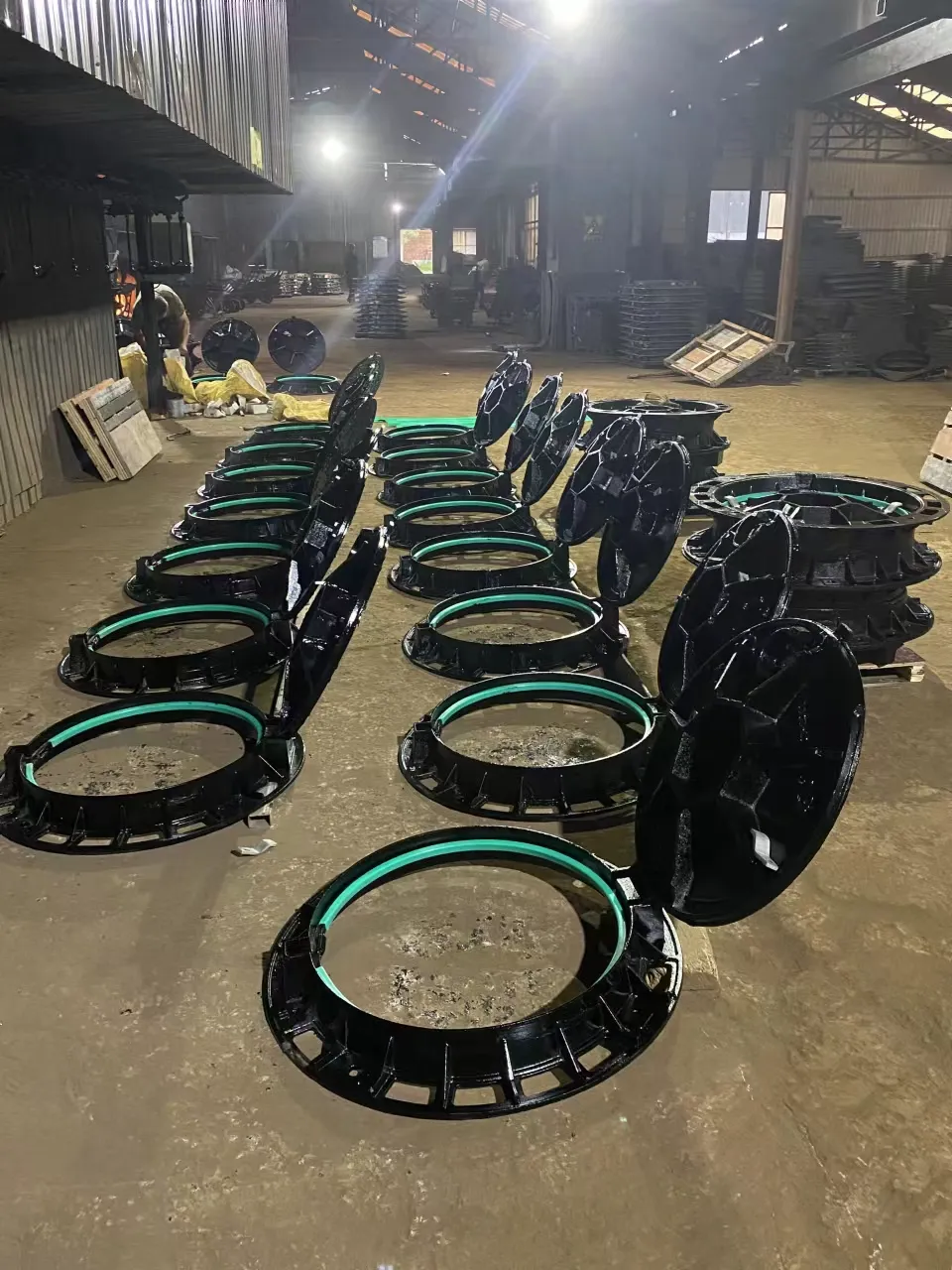Guidelines for Properly Installing a Manhole Cover for Safety and Durability
Installing a Manhole Cover A Comprehensive Guide
Manhole covers are essential components of urban infrastructure, providing access to underground utilities while ensuring public safety and aesthetic design. The installation of a manhole cover may seem like a straightforward task, but it requires careful planning, the right tools, and adherence to safety regulations to ensure a secure and functional outcome. In this article, we will explore the steps involved in installing a manhole cover, emphasizing best practices and common considerations.
Understanding the Components
Before diving into the installation process, it's important to familiarize yourself with the key components related to a manhole cover. The cover itself is typically made of cast iron, steel, or composite materials, designed to withstand heavy traffic loads and environmental conditions. Beneath the cover lies the manhole frame, which is set into the ground. The combination of the cover and frame should fit snugly to prevent unauthorized access and minimize the risk of accidents.
Tools and Materials Needed
To ensure a successful installation, gather the necessary tools and materials
- Manhole Cover and Frame Ensure they are compatible in size and load rating. - Safety Equipment Hard hats, gloves, high-visibility vests, and steel-toed boots. - Measuring Tape For accurate measurements. - Level To ensure the cover is installed evenly. - Concrete Mix If a new frame needs to be set. - Shovel For digging and excavation. - Pry Bar To assist with removing and repositioning the cover.
Preparing the Site
Start by identifying the location for the installation. Ensure there is adequate clearance around the manhole for the installation process. If the cover is a replacement, use a pry bar to lift the existing cover carefully, taking care to avoid injury. Clear any debris or obstructions around the manhole should help provide easy access for workers and equipment.
installing a manhole cover

Installing the Manhole Frame
If installing a new frame, start by placing the frame in the correct position at the manhole opening. Use the measuring tape to ensure it is centered and properly aligned. The frame should be set into the ground at the appropriate depth, typically allowing for about 1 inch above the surrounding pavement or surface to avoid creating a trip hazard.
Once the frame is seated, mix the concrete according to the manufacturer's instructions and pour it around the base of the frame, ensuring it is well-compacted. Use the level to check that the frame is even and make adjustments if necessary. Allow the concrete to cure as per the specified time before proceeding.
Fitting the Manhole Cover
After the frame has been securely installed, it is time to place the manhole cover. Carefully lower the cover onto the frame, ensuring that it rests evenly. The cover should fit snugly, eliminating any gaps that could allow water or debris to enter the manhole. It's crucial to double-check that the cover is oriented correctly, especially if it has a specific alignment due to markings or design features.
Safety Considerations
Safety is paramount during the installation of a manhole cover. Always wear appropriate safety gear to protect yourself from potential hazards. Additionally, ensure that the area is adequately marked and that traffic is managed or diverted if necessary, especially if the installation occurs near roadways. It may be required to notify relevant authorities or utility companies to prevent accidents or service interruptions.
Conclusion
Installing a manhole cover may seem like a minor task, but it plays a significant role in maintaining urban infrastructure. By following these steps and adhering to best practices, you can ensure a successful installation that prioritizes safety, functionality, and durability. Proper installation not only protects underground utilities but also enhances public safety and improves the overall appearance of urban landscapes. Always remember to consult local regulations and requirements to ensure compliance in your area.
-
The Smarter Choice for Pedestrian AreasNewsJun.30,2025
-
The Gold Standard in Round Drain CoversNewsJun.30,2025
-
The Gold Standard in Manhole Cover SystemsNewsJun.30,2025
-
Superior Drainage Solutions with Premium Gully GratesNewsJun.30,2025
-
Superior Drainage Solutions for Global InfrastructureNewsJun.30,2025
-
Square Manhole Solutions for Modern InfrastructureNewsJun.30,2025
-
Premium Manhole Covers for Modern InfrastructureNewsJun.30,2025
